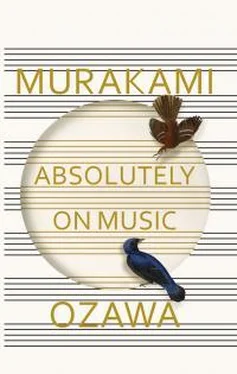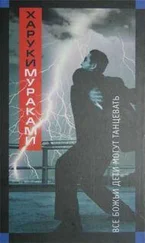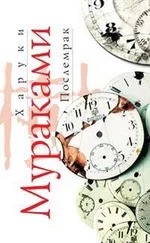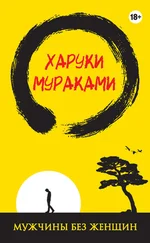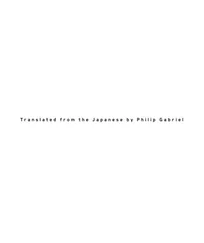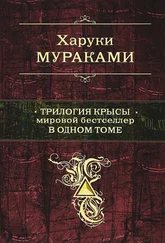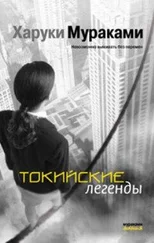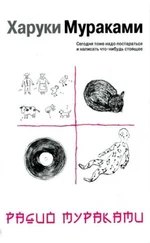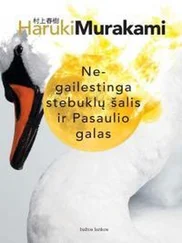Switzerland is a pleasant place to be in the summer. The sun can be hot during the day, but the plateau’s air is cool under the trees, refreshing breezes sweep across the lake, and you need a light jacket after sunset. Even without air conditioning, the musicians can concentrate on their rehearsals without breaking into a sweat. Each morning, after waking, I went running for an hour, jogging along the shore and cutting through a quiet wooded nature trail before returning to the hotel. That kind of sweat felt good. I sat at my desk for a while getting some work done, and then drove to Rolle, with sunflower fields and vineyards stretching into the distance on either side of the road, and not a billboard nor a convenience store nor a Starbucks anywhere in sight. I joined everyone for a buffet lunch in the courtyard at one o’clock, enjoying a healthy meal filled with fresh local vegetables.
After lunch, I circulated among the rooms listening to the various rehearsals, and in between, I chatted with students. Most of the young people were French-speaking or Eastern European, but the common language in the music world tends to be English, so we could understand each other pretty well. They were usually a little shy at first, but that didn’t last very long. All of them found it odd to have this writer wandering around where they were making music, but once I explained that I was writing a book with Seiji Ozawa, they had no trouble accepting me as a “special guest.” Some asked my opinion of the performance I had just heard. I was pleased to find that not a few of them had read some of my books.
Being there enabled me to hear a variety of valuable talks—by the regular instructors, of course (Pamela Frank, Nobuko Imai, and Sadao Harada)—but also on occasion by Robert Mann. Because this was a kind of “temporary community,” you were able to have free and frank conversations with all kinds of people once you were inside of it. I was extremely grateful for this opportunity.
Of greatest interest to me in attending this seminar was the process whereby good music is created. We are all used to the experience of being moved by good music and disappointed by not-so-good music: it’s the most natural thing in the world. But I know almost nothing about the process of making good music. I can pretty well imagine what’s involved in performing music of an individual nature—a piano sonata, for example—but I could never quite grasp what went into putting an ensemble together: what kind of rules were involved, what kind of guidelines were based on experience. These might be obvious to professional musicians, but they were not entirely clear to a general listener like me.
One of my roles was to observe, chronologically, what kind of music could be created as a result of gathering together, in one place, a number of young musicians who barely knew each other—and then giving them meticulous guidance by world-class performers. To do so, I spent as much time as I could attending rehearsals. Ozawa and the other instructors checked the performances closely against the scores, but for me, as someone who could barely read music, all I could do was sit and listen with an open mind. I had never before spent day after day like this, completely immersed in music. As a result, I can still hear the pieces I listened to then, echoing in my ears.
Let me list here the pieces that I heard the students rehearsing. Perhaps if I do so, the reader can grasp, to some extent, the sort of music I still have ringing in my ears:
Haydn: String Quartet no. 75, op. 76, no. 1
Smetana: String Quartet no. 1 (“From My Life”)
Ravel: String Quartet in F Major
Janáček: String Quartet no. 1 (“Kreutzer Sonata”)
Schubert: String Quartet no. 13 (“Rosamunde”)
Beethoven: String Quartet no. 6
Beethoven: String Quartet no. 13
As a general rule, the students rehearsed the entire work, but in the concerts that concluded the week, they performed only one movement. There was simply not enough time to perform all the works in their entirety. The instructors chose which movements would be performed. The first and second violinists changed places from movement to movement. The concerts were held in Geneva and Paris, with different movements performed in each venue and different musicians performing the first violinist’s part. Again due to time constraints, the Beethoven Thirteenth was not performed at either concert.
Another feature of the concluding concerts is that the three instructors and five outstanding students (four of whom worked on the Beethoven Thirteenth) joined together to perform the Mendelssohn String Octet in E-flat Major, which happens to be a particular favorite of mine; Mendelssohn composed it when he was only sixteen years old. The rehearsals for this particular piece were held in parallel with the quartet rehearsals.
On the first day I attended the seminar, I found myself growing a little nervous when I heard the students playing. Their performances sounded rough and awkward. Of course, this was only the second day since their group had begun making music together. I knew that it was unreasonable to expect polished performances under the circumstances, but still I had to wonder if they would go on to produce a concert-level performance in only one week. What I was hearing was very far from what we call “good music.” Wasn’t a week too short a time to bring this up to the level of a finished product, even for a mentor of Seiji Ozawa’s abilities? These were not seasoned professionals, after all, but students.
“Don’t worry, they’ll get better every day,” Ozawa declared with a smile, but I had my doubts. At that point, all I could hear were the imperfections, both in the string quartets and in the string orchestra. The Haydn didn’t sound like Haydn, the Schubert didn’t sound like Schubert, and the Ravel didn’t sound like Ravel. They were playing all the right notes, but they weren’t making that music.
Still, I continued to drive my somewhat underpowered Ford Focus wagon to Rolle every day. I made the rounds of the classrooms scattered throughout the property, listening intently to the young string players perform. I came to know all the movements of the seven string quartets and observed how they changed from day to day. I learned the names and faces of the students, and got to know their individual styles. Their progress seemed terribly slow at first, as if some kind of soft, invisible wall were blocking their way, and I worried that they would not be ready in time for the concert.
But then one day, in the brilliant summer light, some kind of silent spark seemed to leap among them. In both the daytime quartets and the evening ensemble, their sound suddenly began to come together. It was like a mysterious rising of the air. The performers’ breathing started subtly to match, and their instruments sent beautiful reverberations through the air. The Haydn sounded more and more like Haydn, the Schubert like Schubert, the Ravel like Ravel. Each musician was no longer simply performing his or her part in isolation: they were all listening to each other. Not bad, I thought: not bad at all. Something was definitely coming out of this.
It was, however, still not “good music” in the true sense. There were still one or two thin membrane-like things left covering the music, preventing it from directly moving into people’s hearts. I had experienced such membrane-like things in many different situations, unfortunately—in music, in writing, and in other artistic forms. Stripping off that last membrane can be a very difficult thing to do. But unless you manage to strip it off, a work of art has no—or almost no—meaning.
This was the stage at which Robert Mann joined the seminar, holding master classes in which he listened to and commented on the performances of each group, sometimes quite harshly.
Читать дальше
